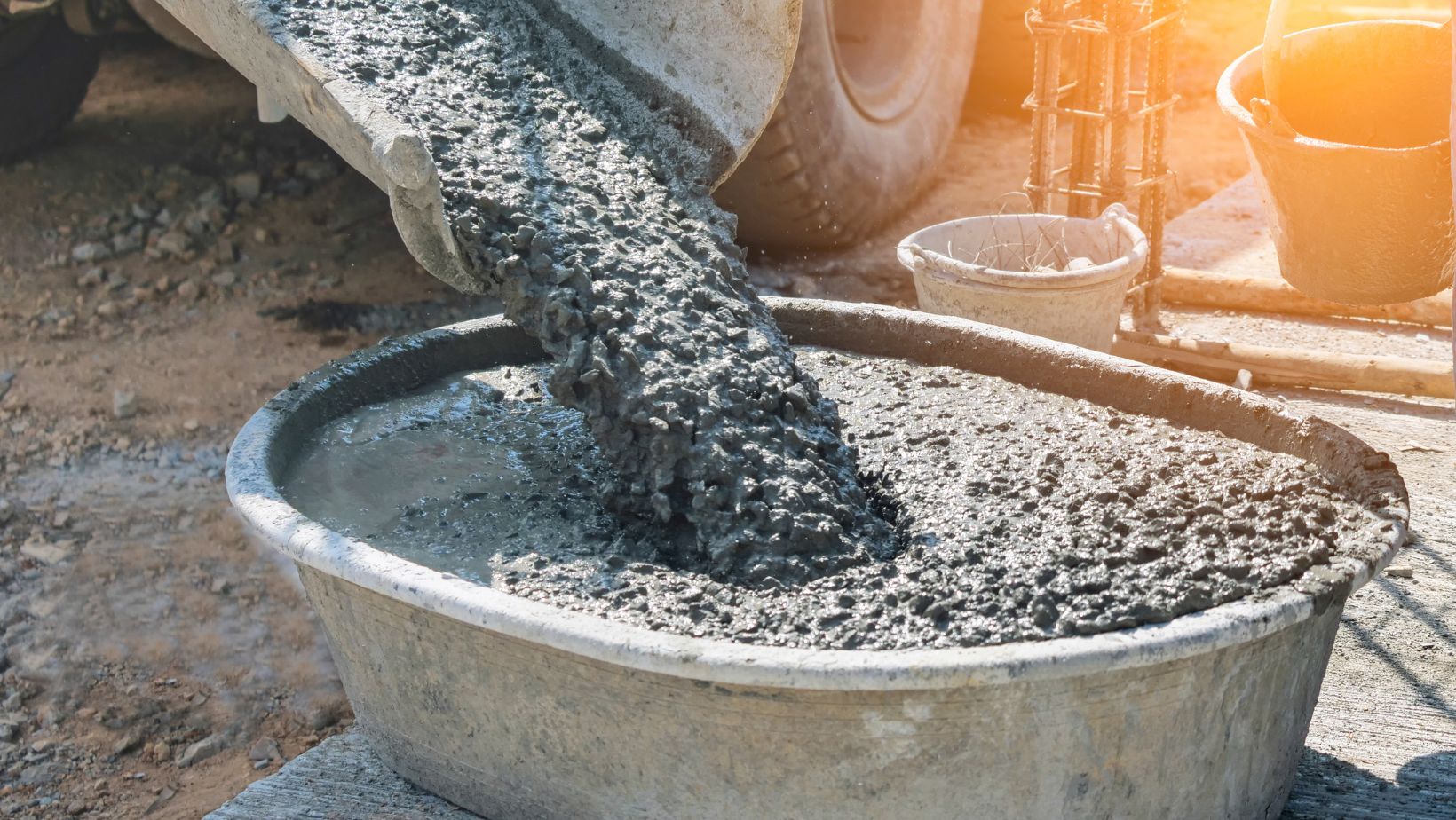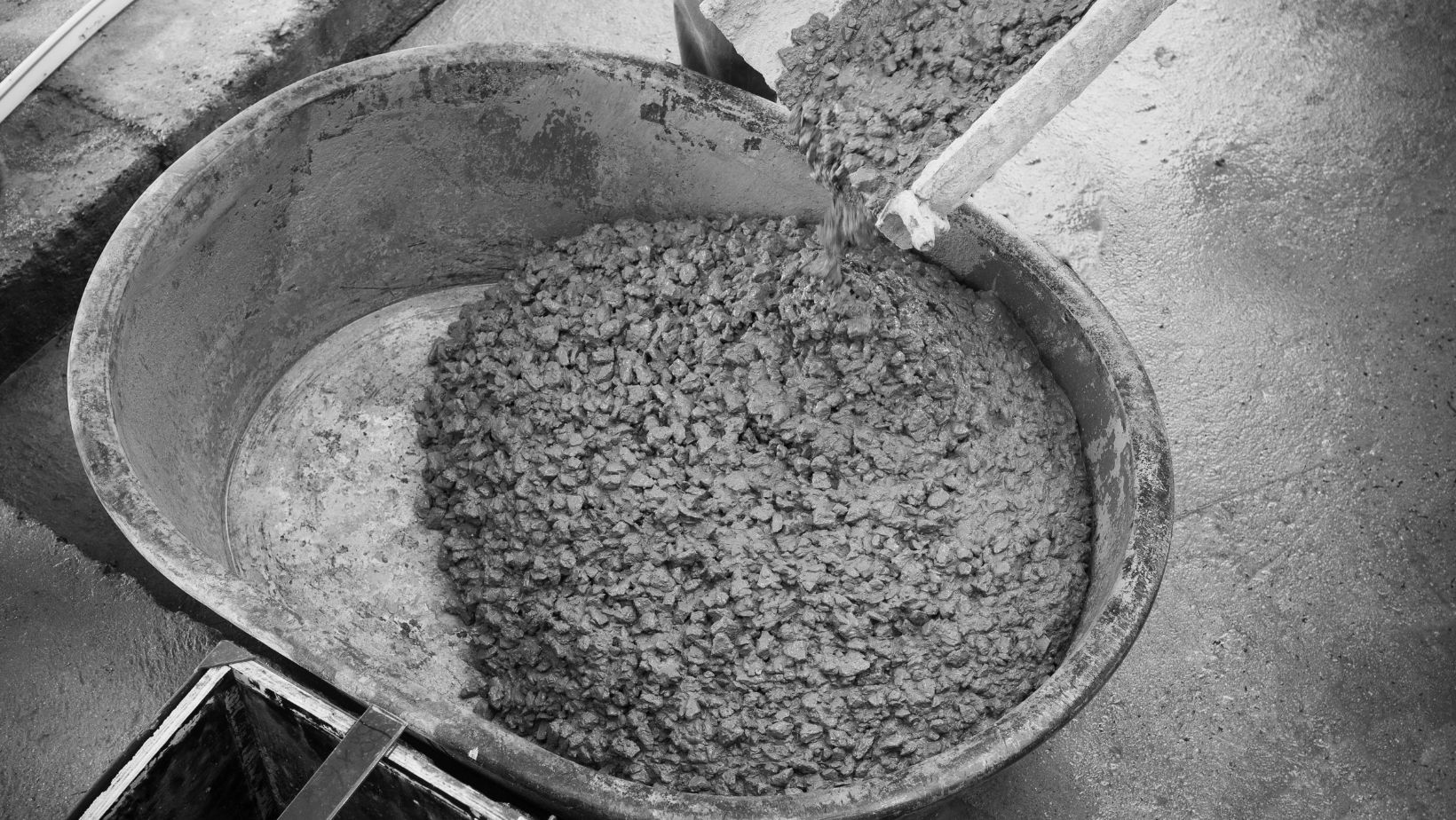When it comes to constructing durable and reliable structures, the importance of using properly prepared concrete cannot be overstated. One critical aspect of this preparation is the use of concrete test cylinder molds. These molds are essential for assessing the quality and strength of the concrete mix before it is used in construction projects. In this article, we will delve into the meticulous process of preparing the mold and concrete mix, ensuring that the concrete produced meets the required standards and specifications.
Table of Contents
ToggleUnderstanding Concrete Test Cylinder Molds
Concrete test cylinder molds are cylindrical forms used to cast samples of fresh concrete, which are then cured and tested to determine their compressive strength. These molds are vital in quality control, providing data that helps engineers and contractors verify that the concrete mix has the desired properties and will perform adequately under expected loads. The results from these tests inform decisions about mix design adjustments, construction practices, and overall project feasibility.
Preparing the Mold
Selecting the Mold: The first step in preparing concrete test cylinder molds is choosing the appropriate mold material and size. Common materials include plastic, steel, and single-use cardboard. Each type has its advantages; for instance, plastic molds are lightweight and reusable, while steel molds offer durability and precision. The standard size for test cylinders is 6 inches in diameter and 12 inches in height, though other sizes may be used depending on specific testing requirements.
Cleaning the Mold: Before use, molds must be thoroughly cleaned to remove any residual material from previous tests or manufacturing processes. Any debris, dust, or hardened concrete can affect the integrity of the new sample. Use a stiff brush and water to clean the molds, and ensure they are completely dry before proceeding.
Applying Release Agent: To facilitate the easy removal of the hardened concrete cylinder from the mold, a release agent should be applied to the interior surfaces of the mold. This can be a commercial mold release spray or a simple mixture of oil and kerosene. The release agent should be applied evenly to prevent any areas from sticking, which could damage the sample during demolding.
Assembling the Mold: If using multi-part molds, ensure that all parts are correctly aligned and securely fastened together. This step is crucial to maintaining the cylindrical shape and preventing any leakage of the concrete mix during casting. Check for any gaps or misalignments and correct them before pouring the concrete.
Preparing the Concrete Mix
Choosing the Right Ingredients: A concrete mix typically consists of cement, water, fine aggregates (sand), and coarse aggregates (gravel or crushed stone). The proportions of these ingredients must be carefully calculated based on the desired properties of the final concrete. The water-cement ratio is particularly important, as it affects the concrete’s strength and workability.
Measuring and Mixing: Accurate measurement of all components is essential. Use a balance or scale to weigh the cement and aggregates. Water should be measured using a graduated container. Combine the dry ingredients first (cement and aggregates) to ensure a uniform distribution before adding water. Mixing can be done manually for small batches or using a mechanical mixer for larger quantities. The mixing process should continue until a homogenous mixture with a consistent texture is achieved.
Slump Test: Before pouring the concrete into the molds, a slump test should be conducted to assess the workability of the mix. The slump test involves filling a slump cone with the concrete mix, lifting the cone, and measuring the displacement or “slump” of the concrete. The results indicate whether the mix has the correct consistency and workability. Adjustments to the water content may be necessary based on the slump test results.
Casting the Concrete Test Cylinders
Filling the Molds: Once the concrete mix is ready, it should be poured into the prepared molds in layers, typically in three equal parts. Each layer must be compacted to remove any air pockets that could compromise the strength of the sample. This is usually done using a tamping rod, which is inserted into the concrete and moved up and down to consolidate each layer.
Leveling and Finishing: After filling and compacting the final layer, the top surface of the concrete should be leveled using a trowel. Smooth the surface to ensure it is flat and even, as this will affect the accuracy of subsequent testing. The molds should be slightly overfilled to account for settling and compaction.
Marking and Identifying: It is essential to label each concrete test cylinder mold with identifying information such as the mix design, batch number, and casting date. This ensures that the samples can be accurately tracked and associated with the correct batch of concrete for testing purposes.
Curing the Concrete Cylinders
Initial Curing: The freshly cast concrete cylinders should be kept in a controlled environment to prevent rapid moisture loss. Cover the molds with a damp cloth or plastic sheet to maintain a humid environment. Alternatively, the molds can be placed in a curing chamber with controlled temperature and humidity.
Removing the Cylinders from the Molds: After 24 hours, the concrete cylinders can be removed from the molds. This process should be done carefully to avoid damaging the samples. If any resistance is encountered, additional release agent may be required, or the mold may need to be gently tapped to loosen the concrete.
Final Curing: Once demolded, the concrete cylinders should be placed in a curing tank or moist room until the testing date. Standard curing conditions involve immersing the cylinders in water at a temperature of 23°C (73°F). This curing period typically lasts 28 days, allowing the concrete to reach its full strength potential.
Testing the Concrete Cylinders
Compressive Strength Test: The primary purpose of preparing concrete test cylinder molds is to evaluate the compressive strength of the concrete. This test is conducted by applying a load to the cylinder using a compression testing machine until failure occurs. The maximum load is recorded, and the compressive strength is calculated by dividing this load by the cross-sectional area of the cylinder.
Data Analysis and Reporting: The results from the compressive strength test provide crucial information about the quality and performance of the concrete mix. These results should be documented and analyzed to determine if the concrete meets the required specifications. If the strength values are below the expected levels, adjustments to the mix design or construction methods may be necessary.
Ensuring Quality and Consistency
Regular Testing: To maintain high standards of quality, regular testing of concrete samples should be conducted throughout the construction project. This helps to identify any variations in the mix or issues with the raw materials that could affect the final product.
Training and Procedures: Proper training for personnel involved in the preparation, casting, and testing of concrete test cylinders is essential. Clear procedures and protocols should be established and followed to ensure consistency and reliability in the testing process.
Documentation and Record-Keeping: Detailed records of all tests, including mix proportions, curing conditions, and test results, should be maintained. This documentation is valuable for quality assurance, troubleshooting, and compliance with regulatory standards.
Conclusion
The process of preparing the mold and concrete mix is a critical step in ensuring the quality and durability of concrete structures. Concrete test cylinder molds play a vital role in this process by providing a means to evaluate the compressive strength and overall performance of the concrete mix. By following meticulous procedures for mold preparation, mix design, casting, curing, and testing, engineers and contractors can ensure that the concrete used in their projects meets the highest standards of quality and reliability.



